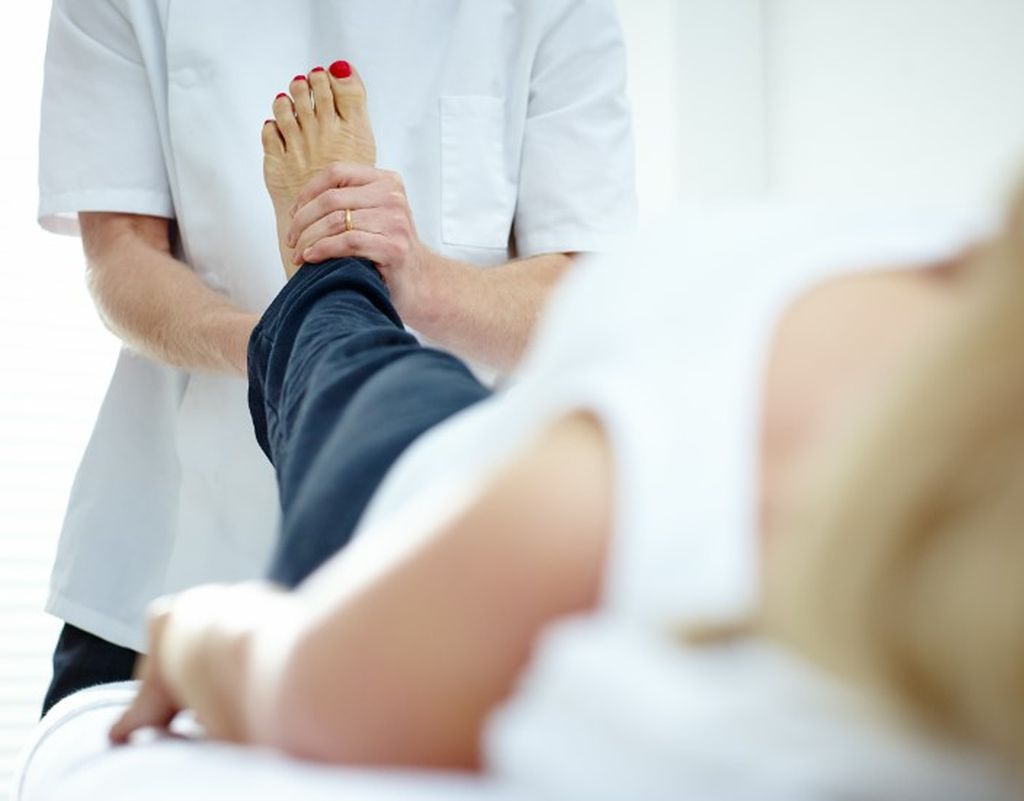Foot health is an essential aspect of overall well-being, and with the advancements in technology and medical science, the future of chiropody and foot specialist services looks promising. In this article, we will explore some of the latest innovations in chiropody and foot specialist services and how they are changing the landscape of foot health.
Customized Orthotics
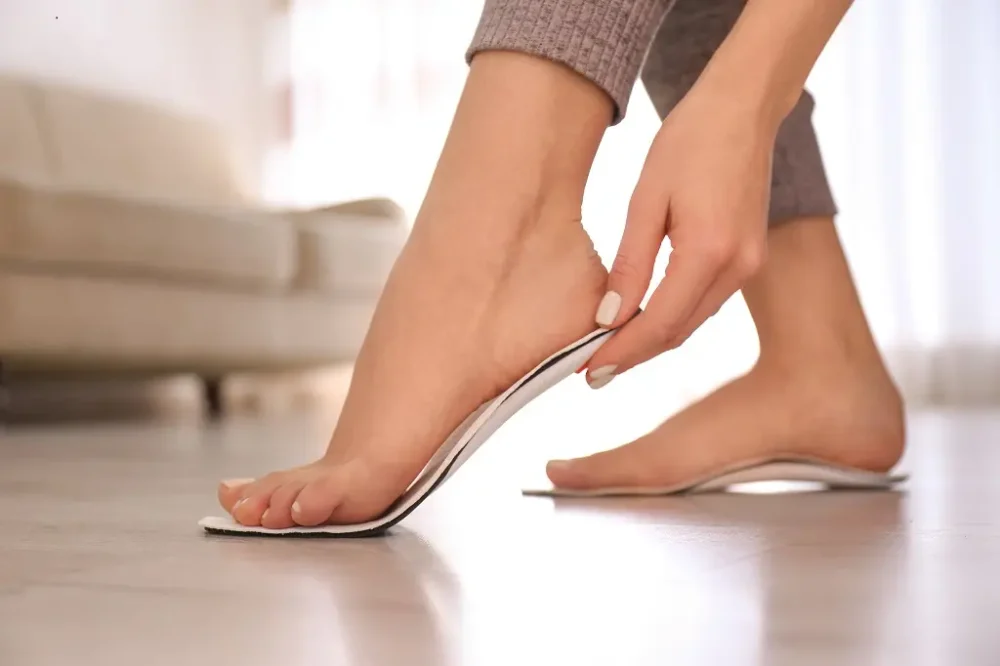
Source: youtube.com
Orthotics are medical devices designed to support, correct, or align the foot and ankle. They are used to treat a wide range of foot problems, including plantar fasciitis, flat feet, and Achilles tendonitis. Customized orthotics are designed to fit an individual’s unique foot structure and biomechanics, providing maximum comfort and support.
How Customized Orthotics Work
Customized orthotics are created by taking a 3D scan of the patient’s foot, which is used to create a digital model. The digital model is then used to design a custom orthotic that is tailored to the individual’s foot shape, size, and arch height. The orthotic is typically made from a durable material, such as carbon fiber or thermoplastic, and is designed to fit snugly inside the patient’s shoe.
Benefits of Customized Orthotics
Customized orthotics offer numerous benefits over off-the-shelf or generic orthotics. Because they are designed to fit an individual’s unique foot shape, they provide better support, reduce pain, and improve overall foot function. Customized orthotics can also help to correct biomechanical issues, such as overpronation or supination, which can lead to foot and ankle pain.
Conditions Treated with Customized Orthotics
Customized orthotics are used to treat a variety of foot and ankle conditions, including:
- Plantar Fasciitis: Customized orthotics can help to distribute pressure more evenly across the foot, reducing pain and inflammation caused by plantar fasciitis.
- Flat Feet: Customized orthotics can help to support the arch of the foot, reducing pain and discomfort caused by flat feet.
- Achilles Tendonitis: Customized orthotics can help to reduce strain on the Achilles tendon, reducing pain and inflammation caused by Achilles tendonitis.
- Knee Pain: Customized orthotics can help to correct foot and ankle alignment, reducing knee pain caused by overpronation or supination.
Laser Therapy
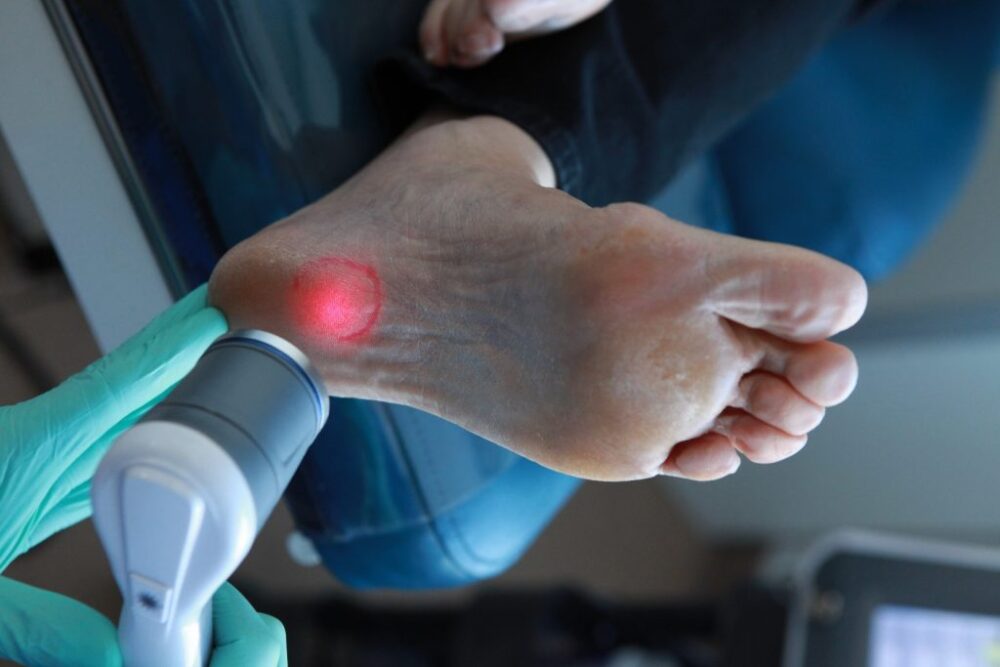
Source: youtube.com
Laser therapy is a non-invasive treatment that uses low-level laser light to stimulate healing in damaged tissues. It is becoming increasingly popular in chiropody and specialist services, as it can effectively treat a variety of conditions.
How Laser Therapy Works
Laser therapy works by emitting a low-level laser light that penetrates the skin and targets damaged tissues. This light energy stimulates cellular metabolism, which can increase blood flow and promote healing. Laser therapy is non-invasive and painless, making it an attractive option for patients who want to avoid more invasive treatments.
Conditions Treated with Laser Therapy
Laser therapy can be used to treat a wide range of conditions, including:
- Plantar Fasciitis: Laser therapy can help to reduce inflammation and promote healing in the damaged plantar fascia, reducing pain and discomfort.
- Tendonitis: Laser therapy can help to reduce inflammation and promote healing in damaged tendons, reducing pain and stiffness.
- Arthritis: Laser therapy can help to reduce inflammation in arthritic joints, reducing pain and stiffness.
- Neuropathy: Laser therapy can help to stimulate nerve function and reduce pain in patients with neuropathy.
Benefits of Laser Therapy
Laser therapy offers numerous benefits for patients with these problems. It is non-invasive, painless, and has no known side effects. It can promote healing and reduce pain and inflammation, allowing patients to return to normal activities more quickly. Additionally, laser therapy can be used in combination with other treatments, such as customized orthotics or physical therapy, to provide a comprehensive approach to care.
Telemedicine
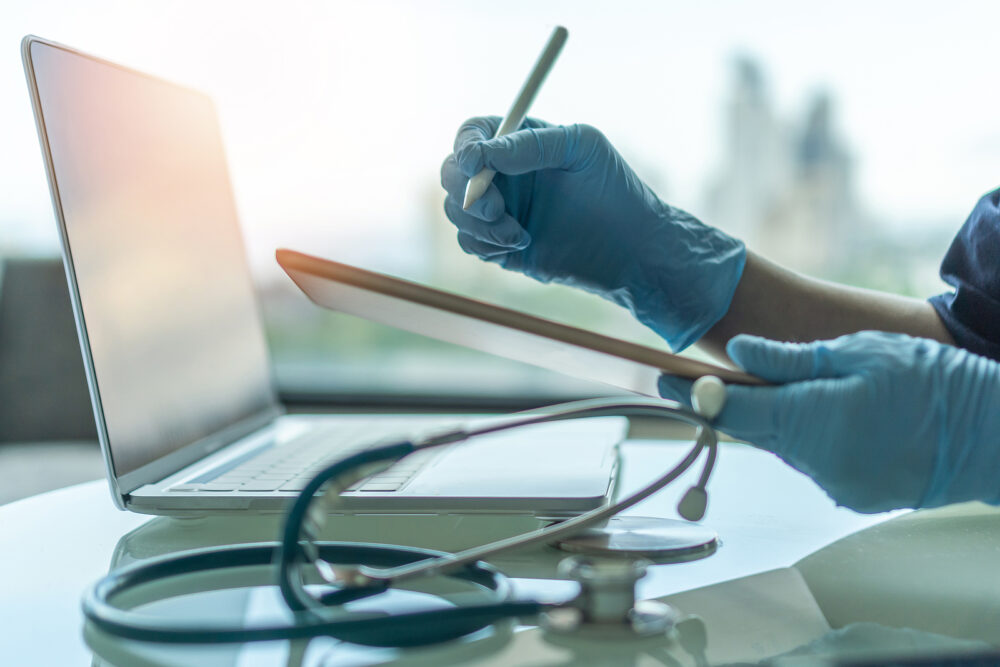
Source: freepik.com
Telemedicine is a rapidly growing trend in the medical industry, and it is no different for chiropody and specialist services. With telemedicine, patients can connect with their specialists from the comfort of their homes, reducing the need for in-person appointments. This is especially beneficial for patients with mobility issues or those who live in remote areas.
Gait Analysis
Gait analysis is the study of how a person walks or runs. It involves analyzing the movement patterns of the feet, legs, hips, and other parts of the body during walking or running. Gait analysis can help to identify issues with a person’s gait, such as abnormal position or gait abnormalities, which can contribute to pain or discomfort.
Types of Gait Analysis
There are two main types of gait analysis: visual gait analysis and instrumented gait analysis. Visual gait analysis involves a specialist visually observing a patient walking or running and analyzing their gait. Instrumented gait analysis involves the use of specialized equipment, such as force plates or motion-capture cameras, to measure the forces and movements involved in gait.
Uses of Gait Analysis
Gait analysis is used in a variety of contexts, including sports medicine, rehabilitation, and health. In sports medicine, gait analysis can help to identify biomechanical issues that may contribute to sports-related injuries. In rehabilitation, gait analysis can help to monitor progress and identify areas where additional work may be needed. In health, gait analysis can help to identify issues with alignment, which can contribute to pain and discomfort.
Benefits of Gait Analysis
Gait analysis offers numerous benefits for patients with these problems. By analyzing a person’s gait, foot specialists can identify areas where the patient may be putting undue stress on their feet or ankles. This information can be used to develop a targeted treatment plan that addresses the specific issues identified during gait analysis. Additionally, gait analysis can help to prevent future injuries by identifying areas where the patient may be at increased risk of injury.
Minimally Invasive Surgery
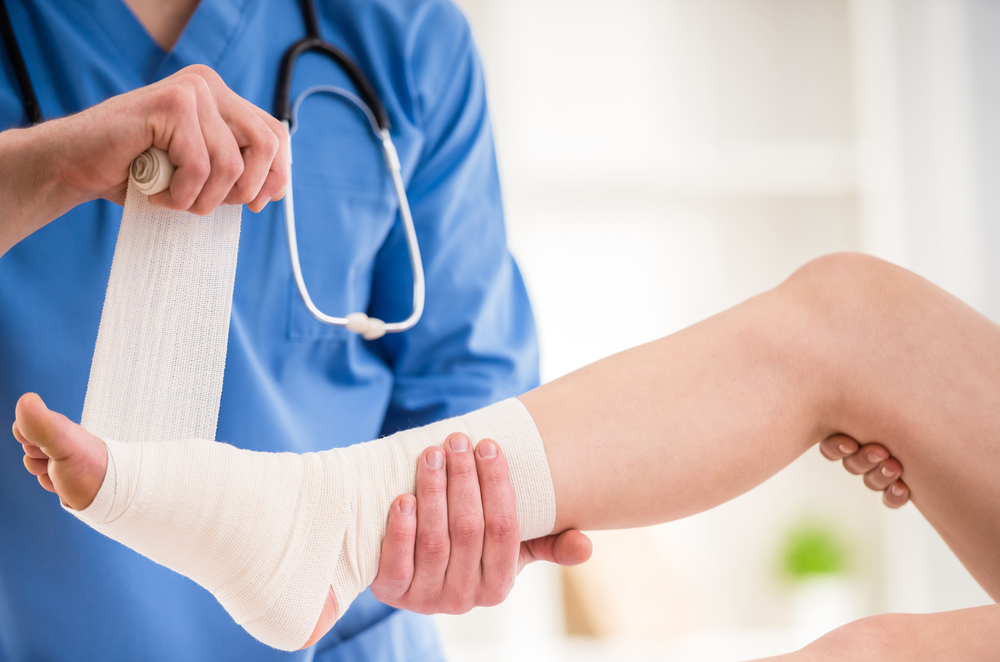
Source: pinterest.com
Traditionally, foot surgery required large incisions and lengthy recovery times. However, with the development of minimally invasive surgical techniques, foot specialists can now perform surgeries with smaller incisions and reduced recovery times. This is particularly beneficial for patients who require surgery for conditions like bunions or hammertoes.
Conclusion
As technology and medical science continues to advance, the future of chiropody and foot specialist services looks bright. From customized orthotics to laser therapy and telemedicine, these innovations are changing the way foot specialists approach treatment and care. Patients can now expect more targeted and effective treatments, faster recovery times, and improve overall foot health.


